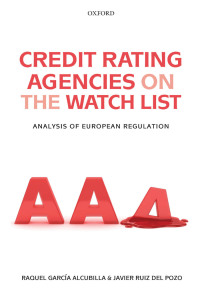Question
1. True or false? Briefly explain. a Suppose that you open The Wall Street Journal and find that the 30-year Treasury bond has a yield-to-
1. True or false? Briefly explain.
a Suppose that you open The Wall Street Journal and find that the 30-year
Treasury bond has a yield-to- maturity of 7.5%. This is an example of a nominal interest rate.
b. friend asks to borrow $10,000 from you for a year. Inflation is expected to be 2% during the next year, so she offers to repay you $10,200 at the end of the year to compensate for the price increase. Assume that your friend is completely reliable and will repay the money with certainty. The offer is a fair deal (has a zero NPV)
c. Your firm has an opportunity cost of capital of 10%. The firm should accept any project that has an internal rate of return (IRR) greater than 10%
d. Your firm needs to raise $300,000 and has decided to sell corporate bonds. An investment bank advises that you can sell 3-year bonds with a yield-to- maturity of 7% or 8-year bonds with a yield-to-maturity of 8.5%. From the firms perspective, the short- term debt is cheaper because it has a lower yield-to-maturity.
e. You expect to earn $50,000 this year and would like to spend $45,000 on current consumption (you plan to save the remaining $5,000). Unexpectedly, you get an opportunity to invest $10,000 in a project that will repay $13,000 in one year. If the current interest rate is 10%, you should take this investment even though you had planned to save only $5,000.
f. If the U.S. government will pay the coupon and principal on Treasury bonds with certainty, then Treasury bonds are a risk free investment.
Step by Step Solution
There are 3 Steps involved in it
Step: 1

Get Instant Access to Expert-Tailored Solutions
See step-by-step solutions with expert insights and AI powered tools for academic success
Step: 2

Step: 3

Ace Your Homework with AI
Get the answers you need in no time with our AI-driven, step-by-step assistance
Get Started


